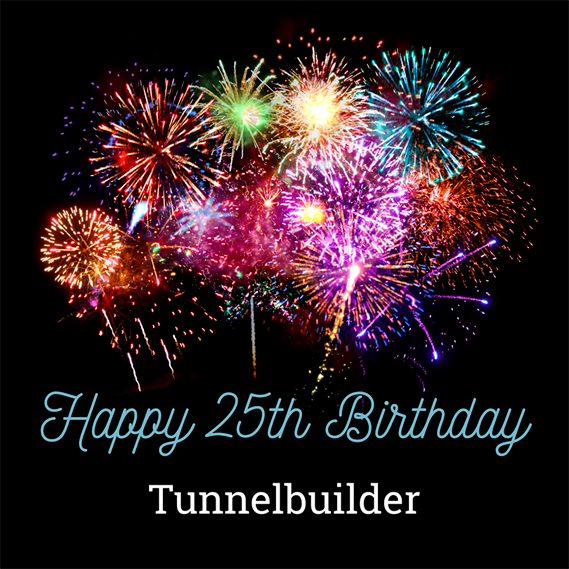Request for Qualification, deadline 27th April, 2006 for consultant construction management services (contract CM-1311) for the subway Line 7 extension to Hudson Yards in Brooklyn. This is a architecture/engineering consultant to oversee the construction projects as and when they are awarded. The issue of Request for Proposals is 15th May, 2006. The Receipt of Proposals is scheduled for 15th June, 2006 for award in July. The extension will travel from Time Square, its present terminal station, at 41st Street going west and then south down to 25th Street. The project also includes a station cavern at 34th Street and an open cut station at 10th Avenue/41st Street. The project will be a mix of drill-and-blast, cut-and-cover and TBM excavation. TBM requirements: 5.95 m internal diameter tunnel (plus construction tolerances), with precast segmental lining or cast-in-place lining. Full-face hard rock TBM with capability to negotiate short reaches of mixed face and possible soft ground conditions, including very strong and very/extremely abrasive rock (Manhattan schist and pegmatites). Option to utilize precast segmental lining systems, to be watertight undrained systems. New or refurbished gripper, shield or double-shield type TBMs equipped with provisions for drilling probe holes and grout holes, 5.2 cm or larger disc cutters and automated guidance system.Contact No. 7 Subway Extension - Hudson Yards Development, c/o MTA New York City Transit, Government & Community Relations, 130 Livingston Street Brooklyn, NY 11201 or Marsha Korotyk, Procurement Manager, tel. +1 646 2526236, fax +1 646 2526179, e-mail marsha.korotyk@nyct.com and Ronald Pezik, Procurement Senior Director, tel. +1 646 2526234, fax +1 646 2526179, e-mail ronald.pezik@nyct.com. Visit www.mta.info/capconstr/7ext/documents.htm for more details about the project and www.nyc.gov/html/dcp/html/hyards/eis.shtml 16/06.A joint venture of Hill International, LiRo Engineers, Lemley International and HDR has received a contract from the New York Metropolitan Transportation Authority (MTA) to provide construction management services during extension of the subway Line 7 in New York City. The joint venture will be responsible for providing construction management services during all tunnelling work and during construction of all facilities and infrastructure including track, rail systems and stations, as well as project controls services throughout the duration of the project, which is anticipated to be completed by November 2013. Visit www.hillintl.com, www.liro.com, www.lemleyinternational.com and www.hdrinc.comThe project will provide transit access to the West Side of Manhattan by extending the line westward from Times Square under West 41st Street and southward along Eleventh Avenue to the southerly terminus at West 25th Street. The planned extension provides 2.2 km of tunnel to accommodate a two-track railroad with two lay-up tracks for the storage of six trains (three on each side). The extension also provides for two new stations: an intermediate station at West 41st Street and Tenth Avenue (Tenth Avenue station) and a two-track terminal station on Eleventh Avenue at West 34th Street (34th Street station). 22/07.The New York Metropolitan Transportation Authority (MTA) has approved a team of Skanska Civil USA, Schiavone Construction Co. and J.F. Shea Construction for a USD1.14 billion contract to build the 2.4 km extension of the subway line 7 to Manhattan's west side. When the contract has been signed, USD400 million will be included in Skanska's order bookings for the fourth quarter. The joint venture is the unique bidder and the job will be awarded in mid-November. Skanska is part of a joint venture named S3 Tunnel Constructors in which Skanska USA Civil and J.F. Shea Construction hold 35% each and the Schiavone Construction Company holds 30%. The team has a 57-month construction schedule to bore a 6.5 m-diameter tunnel through mostly hard rock some 40 metres deep. Visit www.skanska.com, www.schiavoneconstruction.com, www.jfshea.com and www.mta.info/capconstr/7ext/index.htmlThe assignment concerns the extension of the subway line 7 between its current terminus at Times Square and West Side of Manhattan, adding a new station at 11th Avenue-34th Street near the Jacob K. Javits Convention Center. A second station at 10th Avenue-41st Street dropped from the plans, but could be restored if funding can be found. That second station is not included in the contract award. However, a USD450 million option to build a shell for the station was included as part of the contract by the MTA, and must be acted on by the city within nine months from the start of construction, if the city wants to have a station shell built as part of the initial contract.Earlier this year, Skanska was awarded the project to build the first stage of the 2nd Avenue subway line on the East Side of Manhattan. This project is also being carried out by S3 Tunnel Constructors. Skanska's share of this contract amounts to USD126 million. Click us/73. 46/07.


